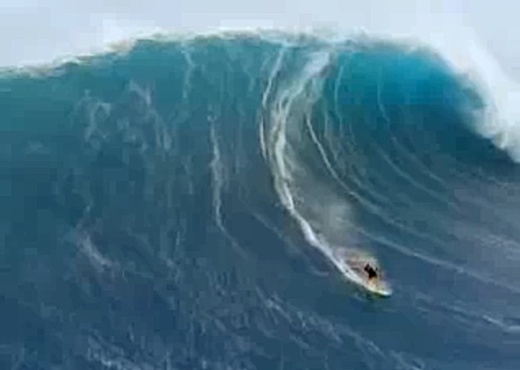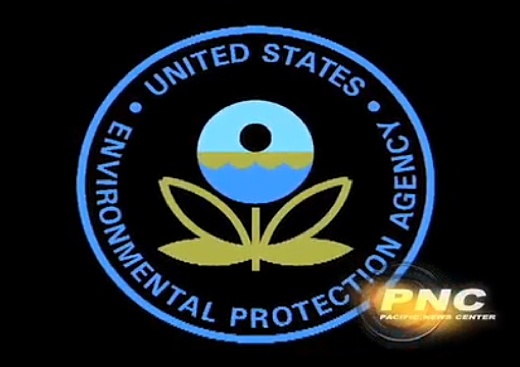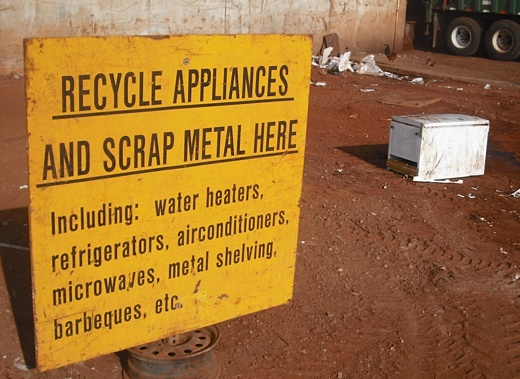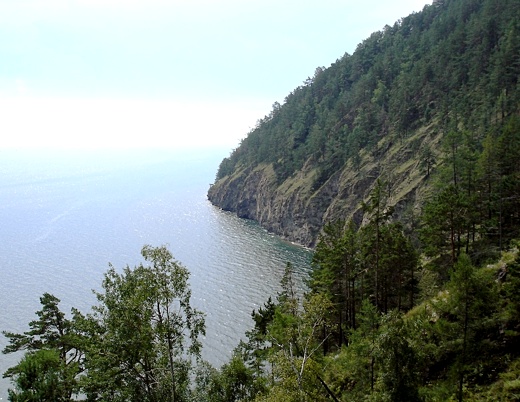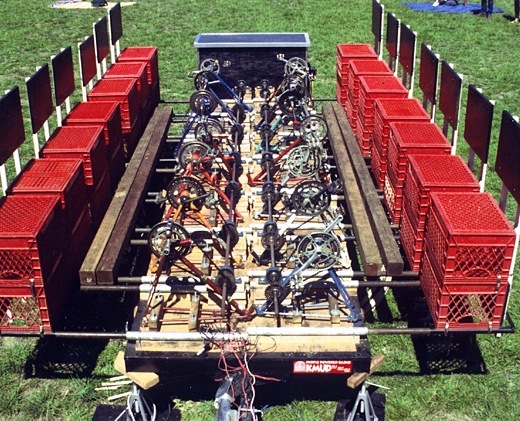SUBHEAD: Will the Cameron's fllowup
Avatar: Earth’s Last Stand sweep the 2013 Oscars?
 Image above: Detail of painting 'Soldiers in Jungle" by Allan Barnes-Graham 1943-45.
From (http://warart.archives.govt.nz/node/1088)
By Michael T. Klare on 24 February 2010 in CBS News -
(http://www.cbsnews.com/stories/2010/02/24/opinion/main6237220.shtml)
Image above: Detail of painting 'Soldiers in Jungle" by Allan Barnes-Graham 1943-45.
From (http://warart.archives.govt.nz/node/1088)
By Michael T. Klare on 24 February 2010 in CBS News -
(http://www.cbsnews.com/stories/2010/02/24/opinion/main6237220.shtml)
The anticipation may be building, but we’ll all have to wait for the 82nd Academy Awards on March 7th to find out just how many Oscars the global box-office smash
Avatar will receive. That 3-D sci-fi spectacle, directed by James Cameron, has garnered nine nominations, including ones for Best Picture and Best Director, and it’s already overtaken
Titanic, another Cameron global blockbuster, as the top money-maker in movie history.
But there’s an even bigger question absorbing
Avatar’s millions of fans: What will Cameron, who has
already indicated that he’s planning to write a novel based on
Avatar, do for a screen encore? As it happens, I have a suggestion: skip the sequels on faraway Pandora’s sister worlds, and do the prequel.
Admittedly, the movie I have in mind (set in a world that
Avatar hints at) would lack the blue-skinned Na’vi people, but it would still feature Jake Scully, this time in his real body, on the most intriguing planet of all: Earth. And given a global audience that can’t get enough of Cameron’s work, how many wouldn’t pay big bucks for a chance to take a Pandora-style, sensory-expanding guided tour of our own planet? It would be part of a harrowing tale of environmental degradation, resource scarcity, and perennial conflict in the twilight years of humanity’s decline. Think of it as
Avatar: Earth’s Last Stand.
Cameron offers many indications in
Avatar that this is the logical direction for him to take. At a poignant moment before the climactic battle between the Na’vi and the remorseless humans begins, for instance, Scully, the renegade Marine turned native rebel, pleads for help from Eywa, the goddess who rules over Pandora:
“See, the world we come from -- there’s no green there -- they killed their Mother.”
At another point, Colonel Quaritch, the homicidal Marine commander played with gusto by Stephen Lang, refers to Scully’s previous service with the First Marine Reconnaissance unit on Earth, highlighting his three combat tours in Venezuela. “That was some mean bush,” he says. Then, speaking of his own combat record, Quaritch alludes to fierce fighting in Nigeria. For anyone familiar with the present competition for global energy resources, Venezuela and Nigeria stand out as major oil producers with a history of civil strife.
2144 in 3-D
Imagine them, then, on a future, energy-starved planet. In fact, I can easily picture such a future, so let me take one more step and offer myself to Cameron as a technical consultant on his prequel. Admittedly, I wouldn’t be the person to write the film’s plot or script -- I know my limits -- but when it comes to charting future resource wars, I think I could be useful. Drawing on Cameron’s clues in
Avatar and my own books, including
Resource Wars,
Blood and Oil, and
Rising Powers, Shrinking Planet, let me just sketch out the prequel scenario I envision:
It’s the torrid summer of 2144, just a decade before
Avatar begins. (That movie takes place in summer 2154, after a flight from Earth that, we’re told, involves six continuous years of sleep, which helps us backdate Jake Scully’s Venezuelan combat tours.) As it has been for decades, the world is at war, with competing power blocs fighting bitterly over a diminishing pool of vital resources.
Three great power centers dominate the global resource struggle, all located in the northern latitudes where the climate still remains tolerable and the land still receives sufficient rainfall to support agriculture.
• The first of these, in whose legions both Scully and Quaritch fight, is the North American Federation, founded after the United States, facing desertification in its southern half, invaded and absorbed Canada.
• The second, Greater China, incorporating northern China, the Korean peninsula, and eastern Siberia (seized from Russia in a series of wars), dominates what’s left of Asia.
• The third, the North European Alliance, encompassing Germany, Russia (west of the Urals), and Scandinavia, relies heavily on Arctic resources.
As in the world portrayed by George Orwell in
1984, these powers continually jockey for dominance in shifting alliances, while their armies face one another in the torrid, still relatively resource-rich parts of the planet. In this neo-Orwellian world, warfare and the constant pressure of resource competition are the only constants.
Thanks to global warming, the planet’s tropical and subtropical regions, including large parts of Africa, the Mediterranean basin, the Middle East, and South and Southeast Asia, as well as Mexico and the American Southwest, have become virtually uninhabitable. Many island nations and coastal areas, including much of Florida, Bangladesh, Vietnam, Sri Lanka, Indonesia, and the Philippines, lie under water. Critical raw materials like oil, coal, natural gas, uranium, copper, and cobalt are perennially scarce. Starvation is a constant fear for those not affluent enough to pay for increasingly expensive genetically-modified crops and meat produced on corporate farms with multiple chemical inputs.
Large-scale industrial civilization still persists, but many once-industrialized areas have been abandoned, and what factories and transport systems remain are constantly constrained by limited energy supplies and the lack of steady flows of vital resources.
Oil is particularly hard to come by, and so, in all three power blocs, its use is largely restricted to the military, security forces, emergency services, the largest of corporations, and the very rich. (If you want to get a sense of such a world, imagine Mel Gibson’s 1979 movie
Road Warrior on steroids.) Other sources of energy, including natural gas and uranium, are also in increasingly scant supply. Renewable sources, including wind and solar power, help to make up some, but not enough, of the difference, while a shortage of critical minerals -- copper, cobalt, tin, manganese, titanium -- limits the scale of many industrial undertakings.
For ordinary people -- and only somewhat less so for the elites of the planet’s heavily militarized states -- survival is a constant struggle. Outside of the industrialized power centers, life involves a daily search for food, water, and energy of any sort, as well as whatever precious goods (gems, weapons, bits of technology) might be traded to get those basics. For the big corporations and their government sponsors, as they send the Scullys and Quadritches to the distant corners of the planet to enforce their will, the struggle is no less fierce for control of the world’s few remaining deposits of oil, natural gas, coal, copper, and uranium.
In 2144, only five areas of the world still possess any significant reserves of oil and natural gas: Russia (and contiguous areas of the former Soviet Union), the Persian Gulf, West Africa (including Nigeria), the Orinoco basin of Venezuela, and the now long ice-free Arctic. Even these areas have been substantially depleted, giving the remaining deposits staggering value to whichever country or company controls them. If these are not quite as valuable as “unobtanium,” the rare metal being plundered from Pandora and brought back to Earth, they are close enough to be thought of as “barely-obtanium.”
Life (and Death) on a Depleted Planet
For the record, I’m being an optimist here for the sake of
Avatar: Earth’s Last Stand. Based on my own
assessment of planetary energy resources, I doubt that
any oil or natural gas worth drilling for will remain in 2144. But for narrative purposes, if such deposits are to be found anywhere almost a century and a half from now, the likely candidates are: the Persian Gulf area because it still possesses the world’s largest combined reserves of oil and natural gas, and so probably will be the last to run out; Russia, Africa, and the Orinoco basin because they have to date been spared intensive exploitation by the major Western firms, and so still retain substantial recoverable reserves; and
the Arctic, which will only become fully accessible to oil producers when global warming has melted the ice cap.
Given the tripartite global power structure of 2144, Russian oil and gas reserves will have been divided between the North European Alliance, controlling western Siberia and the Caucasus, and Greater China, garrisoning eastern Siberia and Central Asia. The Arctic will be a constant source of conflict among all three blocs, with periodic fighting breaking out concerning overlapping territorial claims in the region. That leaves the Persian Gulf, West Africa, and Venezuela -- the sites of constant warfare between the Na’vi of this planet and the various expeditionary forces sent out by the three big power blocs which, often in temporary alliances of convenience, will also be fighting each other.
Already, we can get a sense of what this might look like. Under its ultra-nationalist president Hugo Chávez, Venezuela has sought to distance itself from its traditional client, the United States, and bolstered its ties with Russia and China. As part of this effort, Venezuela has
purchased billions of dollars worth of arms from Russia and forged a strategic energy alliance with China.
Claiming evidence of a U.S. plan to invade his country, Chávez has also conducted sizeable self-defense maneuvers and strengthened the military’s control over ports and other infrastructure.
Looking into the future, one can imagine a time, some decades distant, when Venezuela is a satellite of Greater China and its deposits of
heavy oil -- the largest remaining on the planet -- are reserved for China’s exclusive use. Under these circumstances, it is not hard to imagine a move by the North American Federation to oust the prevailing Venezuelan regime by launching an invasion on a remote stretch of coast and striking out for the capital, Caracas.
The Venezuelans, backed up by Chinese expeditionary forces, might manage to halt the invasion, but fail to dislodge the North Americans, holed up in harsh patches of the countryside. Brutal fighting might follow -- the "mean bush" mentioned by Quaritch in
Avatar. Jake Scully, sent back into this gruesome contest for his third deployment, is gravely wounded and barely survives the trek back to safety.
If Venezuela is still a peaceful land today, Nigeria is already conflict-ridden and certainly destined to be a major battlefield in the unending resource wars of a future planet. Possessing the
largest pool of untapped oil and natural gas in Africa, it is already the site of a fierce competitive economic struggle involving the United States, China, Russia, and the European Union, all of which seek to exploit the nation’s energy riches. Nigeria’s oil and gas reserves were first developed by Royal Dutch Shell and British Petroleum (now BP) -- a legacy of the country’s past as a British colony - but now American, Chinese, and European firms have acquired drilling rights to valuable hydrocarbon deposits. Russia, too, has entered the scene,
promising to help build a natural gas pipeline from the Niger Delta in southern Nigeria across the Sahara to the Mediterranean coast for eventual shipment to Europe.
Disgruntled inhabitants of the Niger Delta area, where most of the country’s oil is produced and few benefits are ever seen, have
taken up arms in a struggle to receive a bigger share of the nation’s oil revenues. Both the
United States and
China are competing to provide the Nigerian government with military aid to defeat the insurgents, hoping to strengthen their respective positions in the country’s oil fields in the process.
Again, it’s not much of a stretch to imagine a scenario in which, 134 years from now (or a lot sooner), Nigeria has fallen under the sway of Greater China or the North American Federation and Colonel Quaritch and his cohort are carrying out combat operations in the Delta’s jungle regions, a setting not so unlike Pandora’s, with obvious Cameron-esque possibilities.
Where else might Scully, Quaritch, and their buddies be sent to fight? As a start, don’t assume that the current fighting in Iraq and Afghanistan will simply end or that the United States will ever willingly withdraw its forces from a
whole string of bases in the Persian Gulf area. As long as the United States obtains part of its oil from the region -- and the North American Federation might still be fighting to do so in 2144 -- U.S. forces are likely to remain. Given the historic enmities that divide the region and a widespread antipathy to the U.S. presence, don’t be surprised if North American Federation forces are still in battle there deep into the twenty-second century.
Finally, the warming Arctic, not currently on the global conflict map, could also experience warfare as it attracts major oil and gas drilling operations. The region also houses some of the world’s last remaining indigenous communities that still practice a traditional way of life, and which will undoubtedly face the sort of habitat-destroying invasions pictured in
Avatar.
Still, as Cameron imagined, despite constant warfare, the North American Federation (like the other major power centers) will, by 2144, still find itself in desperate need of vital materials, no longer easily available on this planet. Economic conditions, even for privileged elites, will by then be deteriorating rapidly. It is in this context that the giant mining corporations might join in a fabulously expensive bid to use space travel to replenish the planet’s resources, voyaging to distant Pandora to extract its precious supply of unobtanium, a miraculous new source of energy.
It’s not that hard to imagine just such a future world if we continue on our present course toward ever greater resource consumption, increased carbon emissions, and the militarization of resource dependency. Can you doubt that the movie Cameron and I would make,
Avatar: Earth’s Last Stand, would be both gripping and spectacular? It would be an amazing, if tension-producing place to visit in 3-D. Here’s the only catch: you wouldn’t want to live there.
.
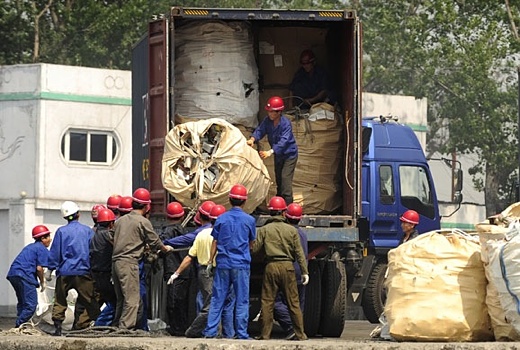 Image above: Workers unload Chinese electronic toxic waste in North Korea. From article.
Image above: Workers unload Chinese electronic toxic waste in North Korea. From article.
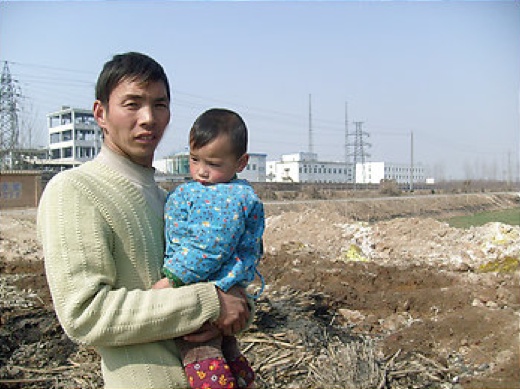

 Image above: Hit 'em again, Hit 'em again - Harder Harder!
Image above: Hit 'em again, Hit 'em again - Harder Harder!
